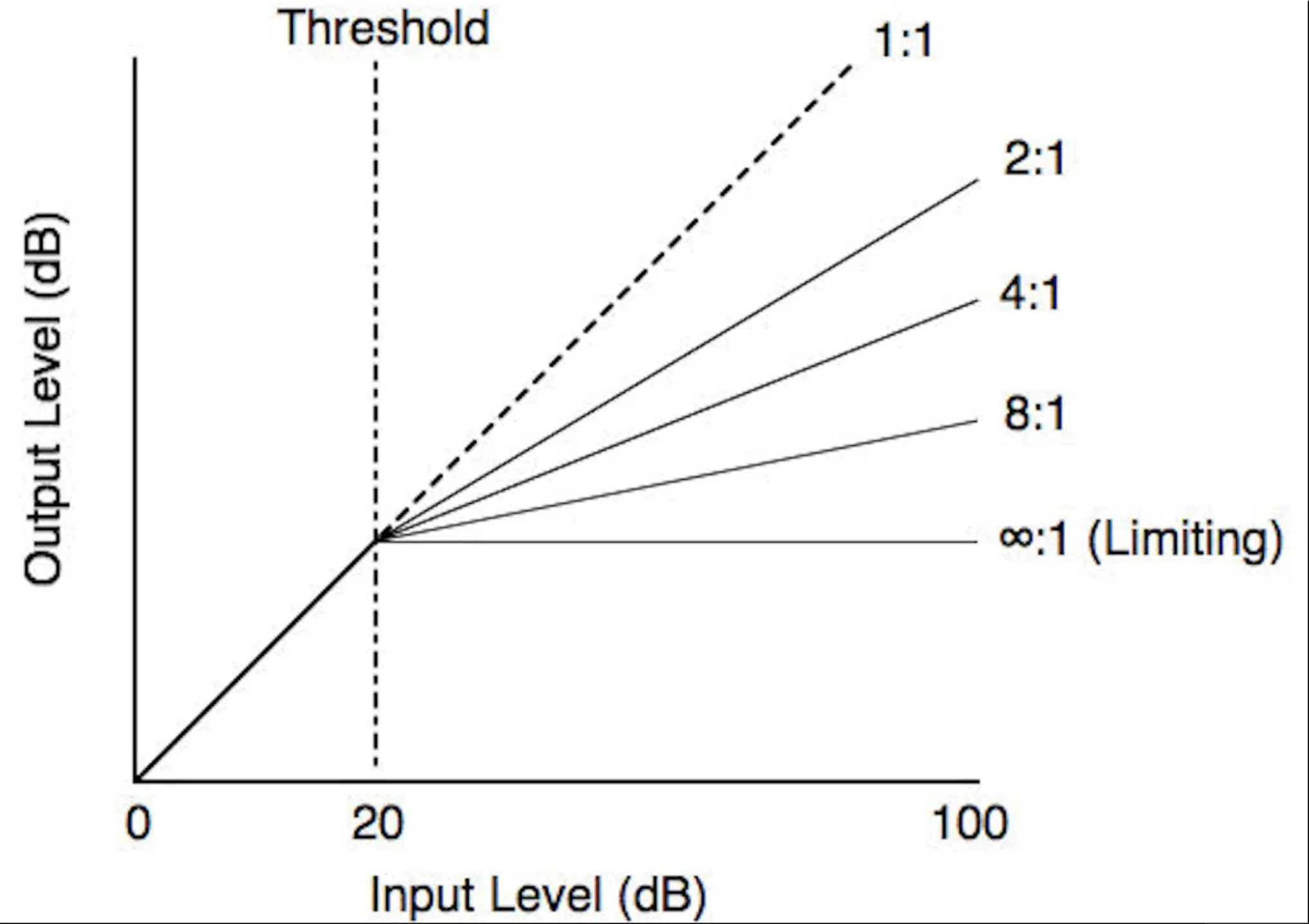I’m getting tired of the extremely loud ads on that don’t seem to be subject to the old TV broadcasting laws that prevent them from being blasted 10db louder than the actual content. Wondering if there’s stuff out there that would let me take the hdmi stream from my Apple TV or other streaming source, and do ad detection like the olden days so that it could just mute or do volume leveling at least.
I suppose something very basic might just be an hdmi splitter to a rpi with hdmi that’ll detect ads via the black screens or “this ad will over over in 30s” overlays, then send a mute signal over CEC or something to a receiver or TV….but would be nice if it could modify the hdmi signal directly.
Thoughts on what to search for to do something like this?
take the hdmi stream from my Apple TV
I think there’s two big obstacles here: HDCP and processing power. Most legal devices you can buy will not support simply handing over HDCP-unecrypted raw frames for you to mess with as that defeats the whole point of HDCP.
But even if you get past that, you’re going to need at least a very high speed FPGA or ASIC, optionally also connected to a reasonably high-end PC, in order to be able to modify the stream in real-time and send it back out… certainly no current rpi can do this in even 1080p in real-time, and many devices now are going to 4k and beyond.
As OP said volume leveling is acceptable, something like this will do.
Modifying HDMI video signal is simply impossible due to DMCA and bla bla bla. But not all hope is lost though. You can overlay opaque video on top of another encrypted stream via this little box. This is an old project per se and I have no idea if still available, but with some dirty work you might able to detect the increase of volume or match of an algo or something with a total black screen overlay on top.
Yes those are FPGA/ASIC based solutions like I mentioned. That should work for 1080p at least, but getting to 4k is still prohibitively expensive.
impossible
My understanding is the DMCA explicitly allows reverse engineering of encryption for interoperability purposes… the only problem is that would have to specifically be tested in court to know if the government would agree in this instance, and nobody wants to try it.
Overlay isn’t transcoding. All it need is a muxer like MKVToolNix. I doubt it need much processing power.
Muxing has nothing to do with HDMI
It doesn’t and I didn’t ever mentioned HDMI in my reply. Just doubt if overlaying another encrypted stream with a muxer ever need that much processing power to the point of “prohibitively expensive”.
Encrypted streams also don’t have anything to do with a muxer, I really don’t understand what you’re trying to say. Muxers are for handling file formats, which is not being discussed at all, this is about raw video frame processing in hardware.
Well, I’m simply reciting what is described on the page based on my understanding. From the diagram, it does not do raw frame processing from the source (assuming HDMI w/ HDCP) as the stream remains encrypted. By the look of it, it is copy or passthrough to the muxer (as it labeled). With some magic, it muxes two encrypted streams into one and output to the video sink. How is that done I have no idea.
Yeah I think hdcp and reprocessing would be most difficult. There are hdmi splitter devices like those used for coloured bias lighting that I think could be used….similarly I think the processing actually isn’t unsolvable, it’s not much different than object detection from a live camera stream. I agree re-encoding the stream would be too hardware intensive for anything “cheap” like a pi, hence the secondary device control alternative initially, but analyzing the stream should be possible.
in order to be able to modify the stream in real-time and send it back out…
It doesn’t need to modify. What it needs is detection, and then either blacking it out, or replacing with a simple progesssbar-like screen on a black background.
I consider “blacking it out” and “replacing” to be equivalent to “modify” in this case as you still need basically the same amount of processing power to do any of it.
Some AV Processors include a night mode or loudness processing that attempts to normalize the levels. In practice, the levels will lower some, but perhaps not enough to alleviate the problem.
You could try reporting the provider, but it’s likely their legal team would argue the CALM act doesn’t apply to them. Come to think of it, the FCC may not have ever formalized the rules still…
That’s the act I was thinking of. I’m almost certain web streamers will say it doesn’t apply to them……and it’s definitely one of those things you’d take for granted until you hit the “new” streaming medium and realize why it was necessary in the first place.
You can get an unencrypted hdmi out by using a splitter. I do this to record video with camlink. This is the splitter I use between a dedicated device like a firetv and the camlink: https://a.co/d/clpveZh
If this pisses you off so much that you think about processing the HDMI streams, why don’t you directly go to sail the high seas?
Because I think this could be neat product……kinda like PiKVM, but maybe using ML to detect ads and make it a nice community tool to block in a device independent way. like hardware Adblock.
So you came here with zero technical expertise or knowledge about the situation, and asking for specific steps on how to do this in order to make a product? 😂🤣🤦 Hope there was some profit sharing involved somewhere.
How would ML detect ads? Do you know the difference between ML and CV? You may want to start there.
Get a Pihole or AdGuard endpoint and hope for the best if all you want is to remove ads.
So you came here with zero technical expertise or knowledge about the situation, and asking for specific steps on how to do this in order to make a product?
no need to be rude
And you came here with nothing productive to add 🤣 we can both make useless comments it seems
I wouldn’t help people sniffing around and looking to profit from free help. 👍
I suspect we got off on the wrong foot when I called it a product instead of just a project idea, but I don’t actually disagree with that stance. Cheers.
I’ve got an android TV with jellyfin. That’s the best against your problem.
I think you are over complicating things. Just get an HDMI audio extractor (HDCP compliant), feed the audio into an audio compressor/limitor, then you can run the audio into your speakers or buy an HDMI audio injector to feed back into your TV.

why would you want to compress all of your audio. It would make normal content sound terrible
Audio compressors do not compress all of your audio. Please refer to the graph in my original comment.
I’m pretty sure the compression is amplitude compression, just making it quieter not data compression. All the audio information will remain, just volume changed
yeah it still sounds like dog water
lol hdcp will absolutely fuck you over with this one.
Isn’t HDCP crap? If I remember correctly it’s extremely easy to buy HDCP compliant splitters and stuff that just strips all protection.
yep but without that hardware good luck
Sure, I guess it’s a hard problem unless you have the easy solution. Fortunately the easy solution is easy.
Well yea, the solution is buying that hardware. Which should be pretty damn easy.
You could try an hdmi audio extractor and pipe that into a raspberry pi with the appropriate hat and run a real-time volume normalization dsp then run from the pi to your sound system or BACK into some hdmi encoder.
Probably run into major issues with delayed audio though.




